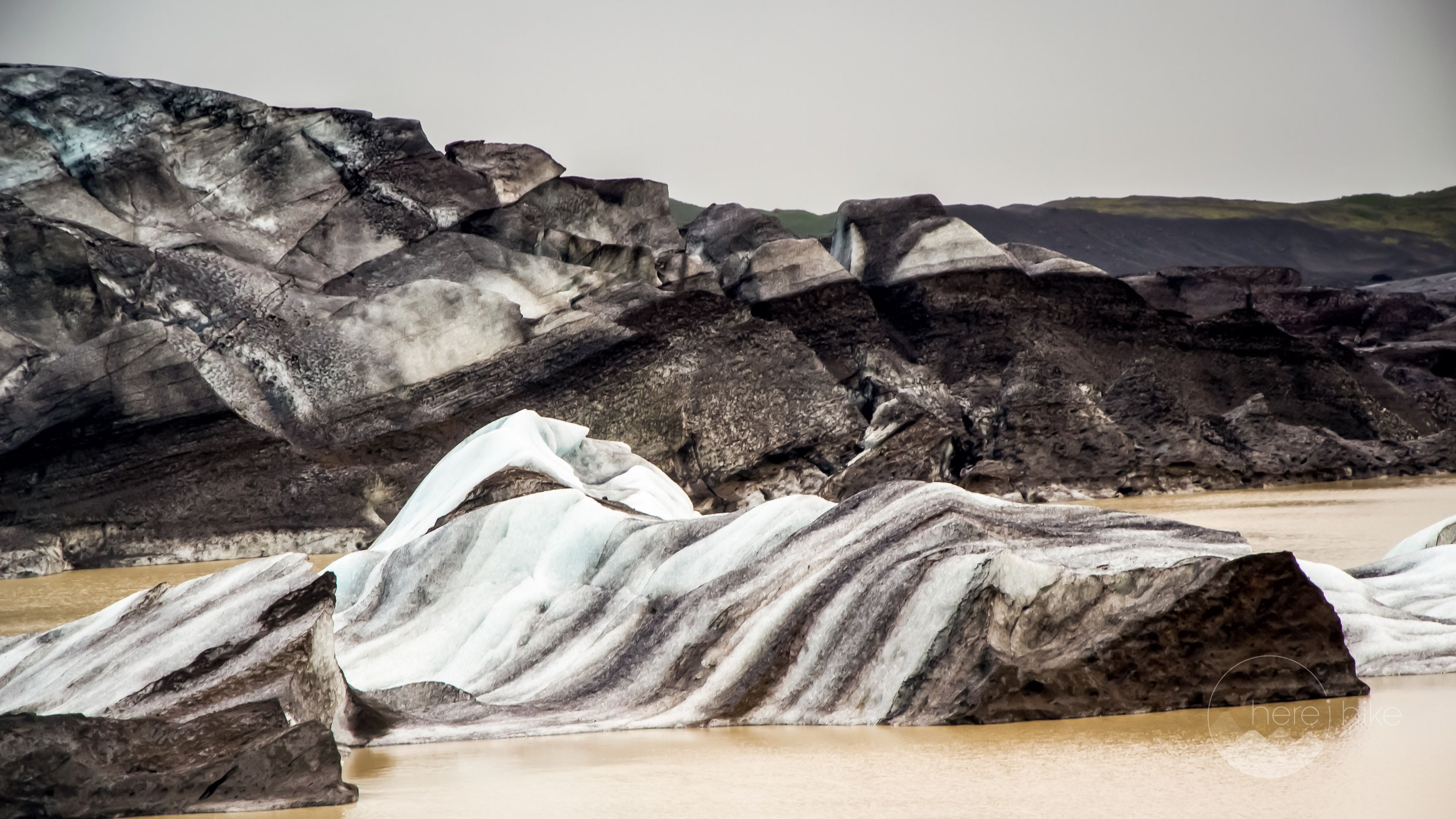
27 Oct Honeymoon in Iceland – Day 4: Vatnajokull National Park, Moss Canyon, Lava Fields and Glaciers
Long story short of our Iceland Honeymoon day 4: Today’s end destination is the resort Skaftafell located in the Vatnajökull National Park, but until we get there we will visit the canyon and waterfall at Fjaðrárgljúfur, we will pass through the town of Kirkjubæjarklaustur, we’ll see another waterfall called Foss a Sidu, we’ll witness the interesting rock formations Dwarf Rocks (Dverghamrar), we’ll dip our feet in some more black sand at Kirkjugólf beach and finally we will end it with Svartifoss, the Black Waterfall. Hmm… that was the plan at least, but what we finally managed to do you’ll see below.
Our day on Google Maps
Reynisfjara Black Beach
We woke up shrouded in clouds and it was pretty clear that today wasn’t going to get sunny any time soon, but we were sticking to the initial plan of returning to Reynisfjara beach. It is so beautiful that we find it very difficult to leave so soon.
Icelandic green: Eldjarhraun
On the road to the canyon we constantly stopped to admire all that Iceland thought to unveil before our eyes: fields full of moss that covered every crack and bump, mangled lava rivers that have solidified and that are now taken over by moss… everywhere you looked the horizon had a green light color.
Eldjarhraun is the place where the largest lava flow from a single eruption is located (at least in the last 2000 years) and the main responsible for this for this is the Katla volcanic system. As far as you can see and probably even beyond, there are around 15.000 small cone like shapes on the horizon all covered up with moss. It’s here where we find out about the single largest Icelandic eruption that took place in the year 934 and that produced a 75 kilometer long fissure which opened Katla volcano right until Vatnajokull Glaciar. 19 cubic kilometers of lava and 6 cubic kilometers of tephra have been released in that cataclysmic explosion.
Fjaðrárgljúfur Canyon
If you think you have a good idea about canyons, let me tell you that the reality might be somewhat different, as Fjaðrárgljúfur Canyon is like something I have never seen before. It has a depth of 100 meters and it is 2 kilometers long with black or moss covered side walls and a powerful waterfall that spills its fresh water in the emerald river below.
From time to time a sharp ledge of land invites you to dare cross on it and admire the view around.
As we are already used to, by now, with the Icelanders love and respect for nature they have created a well marked walking path so you don’t wonder around mindlessly and trample all over the flora. On our way back it started raining again and 5 minutes later, when we finally reached the car, we looked like we have walked in the rain for at least one hour.
Because the rain and the wind refused to stop, we took some brief photos of Foss a Sidu waterfall and we caught some fugitive glimpses of the Dwarf Rocks. These are some rock structures that are shaped like columns and are similar to the ones found at the black beaches next to Vik but they are not as interesting. Because we could not find the road that leads to Kirkjugólf beach (it is said it resembles the rooftop of a church) we continued on in the direction of Skaftafell, maybe the weather will be better there.
Gigjukvisl River
On the road we took a detour to Gigjukvisl, another grey mirage landscape with milky waters that quickly made its way to our hearts. Later we found out some facts about this place and we could connect the dots in regards of some twisted metal parts we saw close to the road. Basically, the scraps are the remains of destroyed bridge that meet its ends during a massive flood caused, obviously, by a volcanic eruption.
The Icelandic sights are simply incredible offering a diversity hard to imagine, regardless if you are an avid traveler and simply a local.
Vatnajökull National Park
By the time we reached the Skaftafellresort, located at the footsteps of the Skaftafellsjökull Glacier in the Vatnajökull National Park the wind and the rain were in full control. The rain in Iceland is significantly different than what we have in Romania, because it is always accompanied by a strong wind that is unforgiving with any clothing equipment. It is similar to standing under a vibro-massage shower, the difference being that it is cold and it doesn’t have a short program.
Our plan was to go on the two hour round hike to Svartifoss (Black Waterfall), but unfortunately we were forced to abandon the idea. What hurt even more was the weather forecast for the next days, that announced heavy rains in the area and high winds alert. As it stands, it was clear we will not be able to see the waterfall or the only mountain peak planned for Iceland: Kristínartindar (1126 meters) – a 20 kilometer hike with an altitude gain of +1000 meters and with a view over the Skaftafellsjökull Glacier. That’s life, we will have to reorganise our itinerary for the remaining days.
Looking over the maps at the touristic info center we found a spot that would, to some extent, quench our desire to see glaciers. From Skaftafellsslofa we left for a small spot where the second glacier valley – Svínafellsjökull– was stretching towards the ocean. Even if it was still raining we decided to hiked a bit on the rocky side wall, around the glacier to see it better.
This is the first real glacier we have seen in our life and I must admit it is pretty impressive. The deep blue color of the ancient ice, locked under the dusty surface for who knows how long and the sheer size of the whole ice cap is something that will remain locked in your memory. It looked so beautiful that we decided to sleep there, at its outer edges, so it can be the first thing we see the next morning.
Hope you found the information helpful and accurate, but remember, if you have any questions drop them in a comment below!
More from Iceland
-
Honeymoon in Iceland … off we go!
The vast majority of people, choose for their honeymoon an exotic warm place with excellent rates as...
-
Honeymoon in Iceland: Complete tour of Iceland in 12 days
Iceland for our honeymoon was the best thing to do ... ever! So check out our complete tour of Icela...
-
Honeymoon in Iceland – Day 1: Trollafoss, Oxararfoss and Thingvellir
Long story short of our Iceland Honeymoon day 1 in South West Iceland: Reykjavik - landing, car rent...
-
Honeymoon in Iceland – Day 2: Geysir and Our First Volcanic Desert
Long story short of our Iceland Honeymoon day 2: Geysir, Gullfoss waterfall and the story behind it,...
-
Honeymoon in Iceland – Day 3: Haifoss and Our First Black Beach
Long story short of our Iceland Honeymoon day 3: Today is a sunny day and as such, we will be going ...
-
Honeymoon in Iceland – Day 4: Vatnajokull National Park, Moss Canyon, Lava Fields and Glaciers
Long story short of our Iceland Honeymoon day 4: Today’s end destination is the resort Skaftafell lo...
-
Honeymoon in Iceland – Day 5: Jokulsarlon Glacier Lagoon
Long story short of our Iceland Honeymoon day 5: We have landed in the Blue Lagoon and when I say “i...
-
Honeymoon in Iceland – Day 6: Mytvan Nature Baths and The Magic Volcanic Desert
Long story short of our Iceland Honeymoon day 6: So we started with a fresh hike in the morning, fol...
-
Honeymoon in Iceland – Day 7: Akureyri, Hverir and the Wonders of the North!
Long story short of our Iceland Honeymoon day 7: we slept on the hottest place in Iceland, we climbe...
-
Honeymoon in Iceland – Day 8: The Northern Lights and Hvisterkur
Long story short of our Iceland Honeymoon day 8: We start our eighth Icelandic honeymoon day under t...
-
Honeymoon in Iceland – Day 9: Kirkjufell, Snæfellsjökull and the Atlantic
Long story short of our Iceland Honeymoon day 9: We started off with a coffee in Grundarfjörður, a p...
-
Honeymoon in Iceland – Day 10: Whale watching in the Atlantic
Long story short of our Iceland Honeymoon day 10: And we woke up again with the sun in our face! We ...
-
Honeymoon in Iceland – Day 11: Reykjanes Peninsula, a Wonder!
Long story short of our Iceland Honeymoon day 11: busy day today! Apparently the little Reykjanes Pe...
-
Honeymoon in Iceland – Day 12: Visiting Reykjavik
Long story short of our Iceland Honeymoon day 12: With small steps and much sorrow in our hearts we ...
-
Honeymoon in Iceland – The Road Trip
Find out the best way to do the Complete Iceland Road Trip in order to maximize your time there and ...




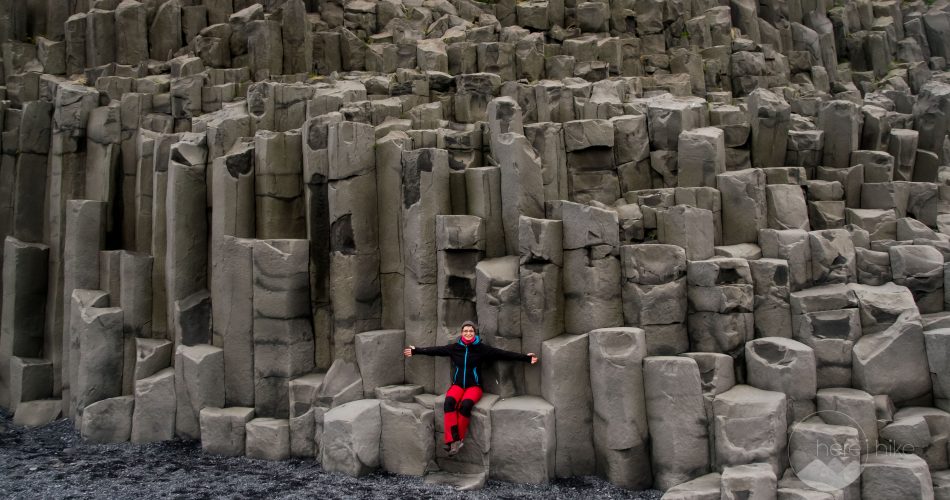
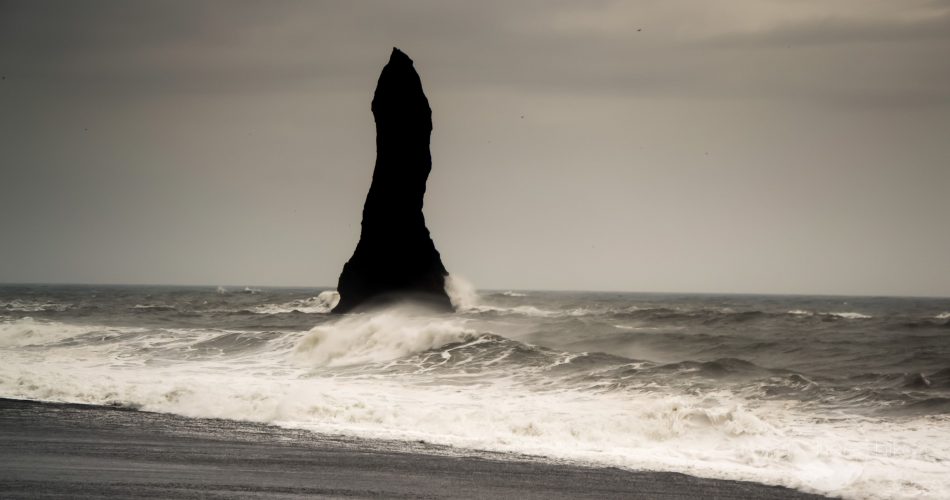
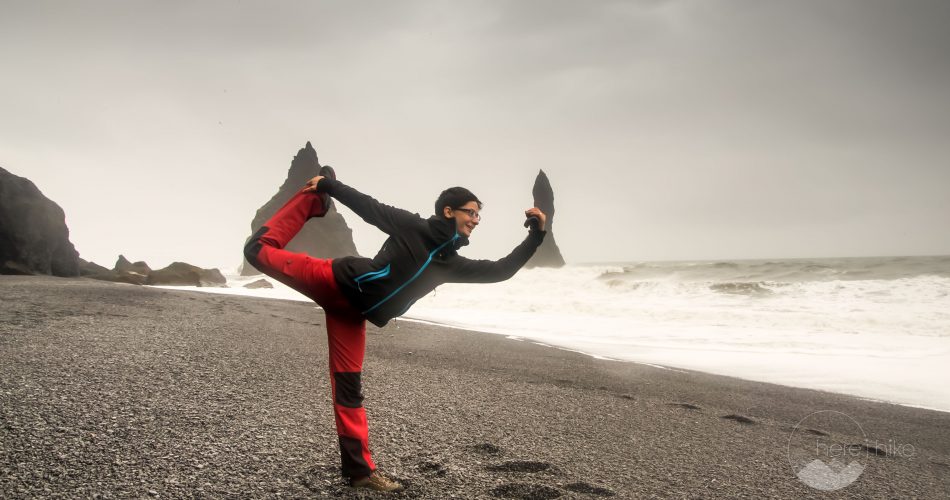
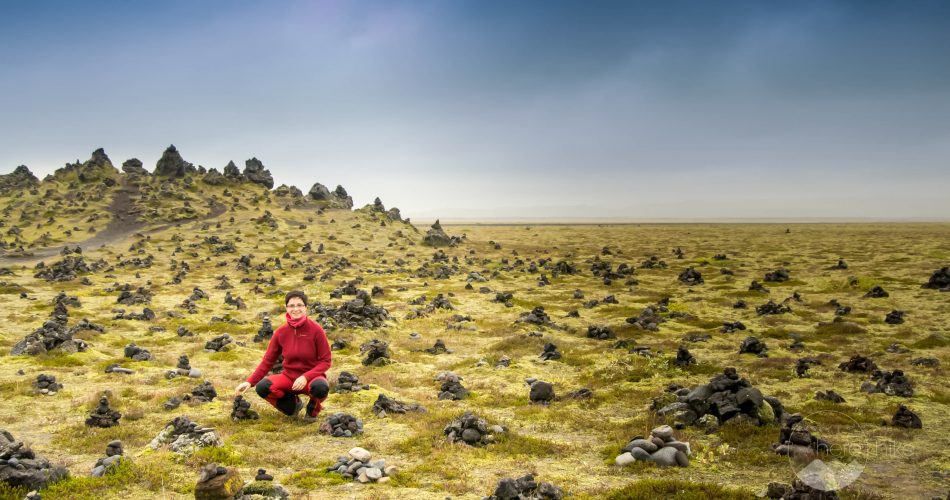

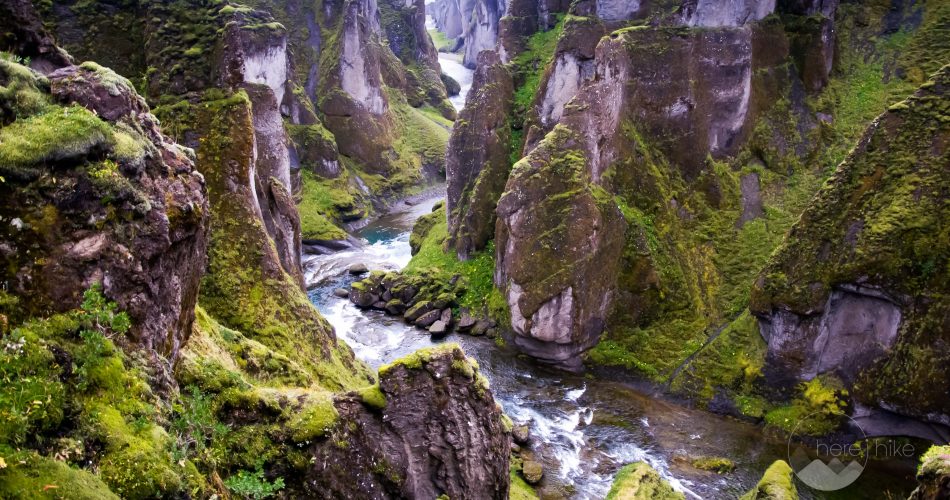
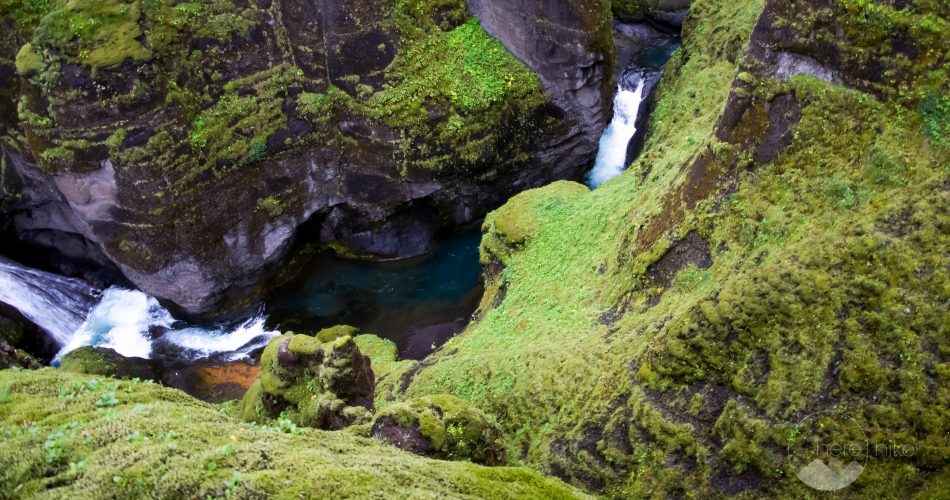
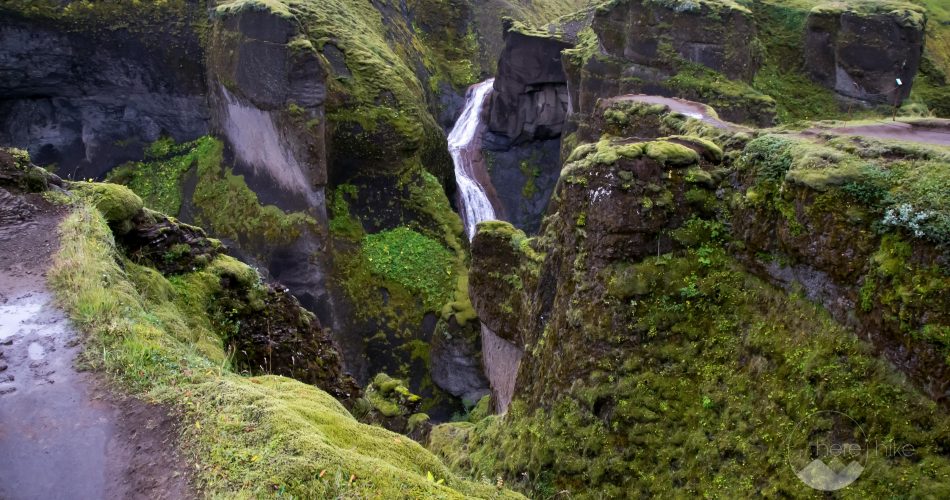

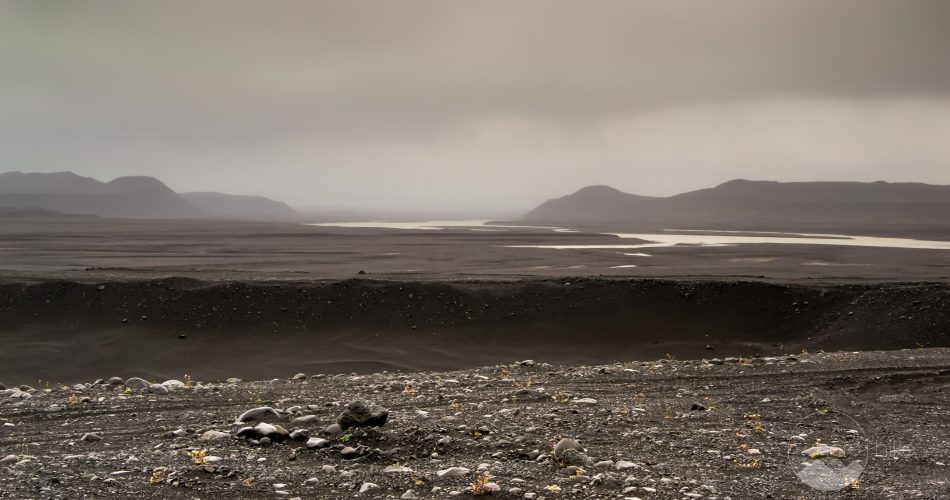
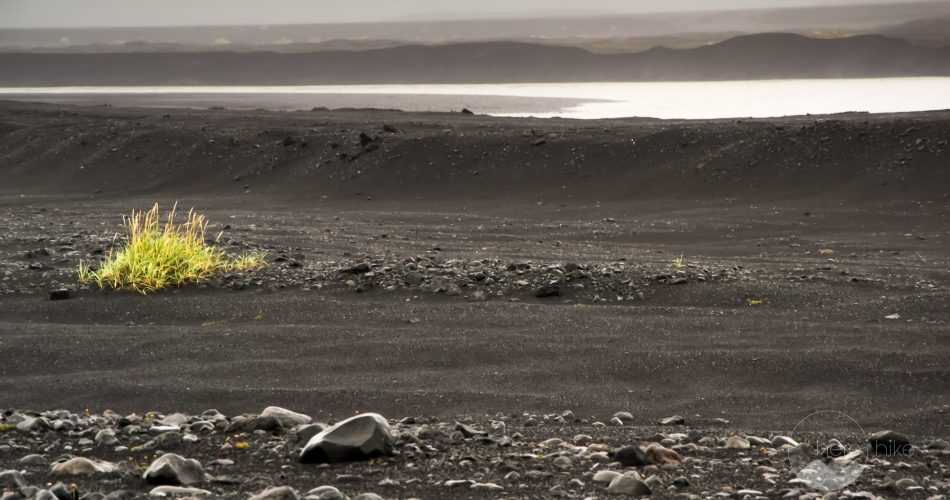

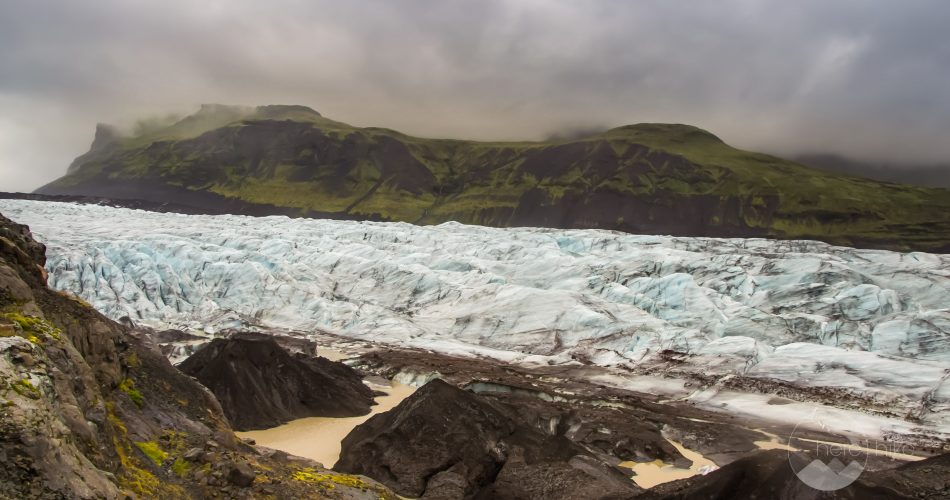
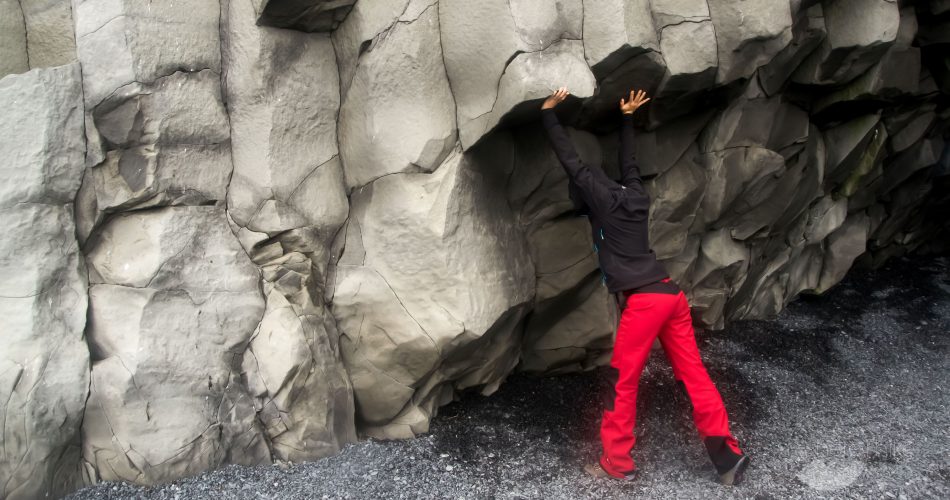
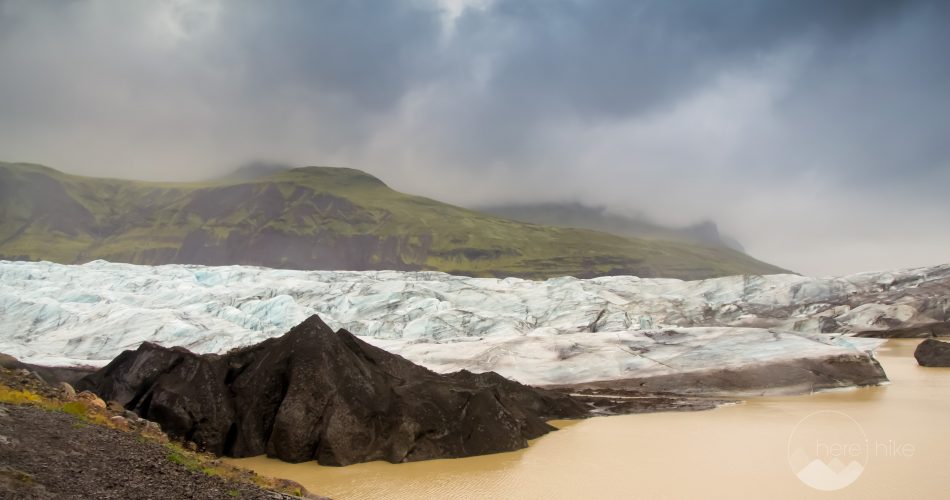

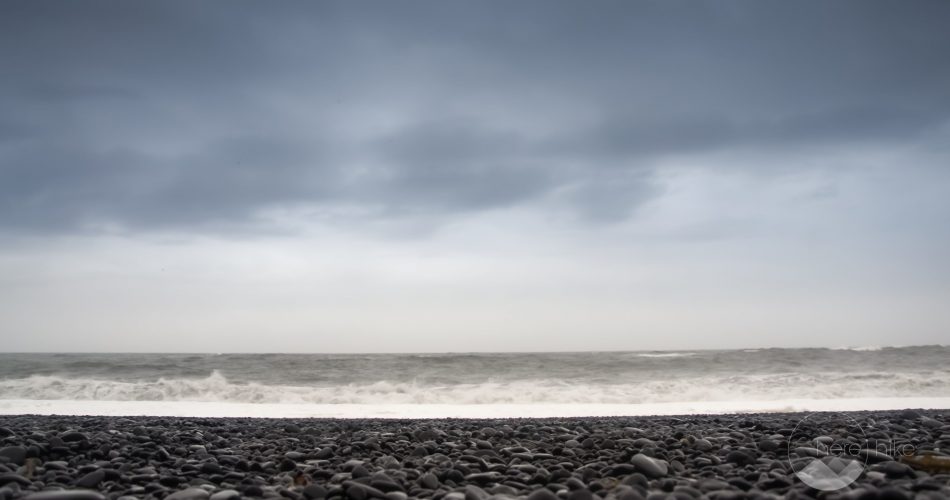
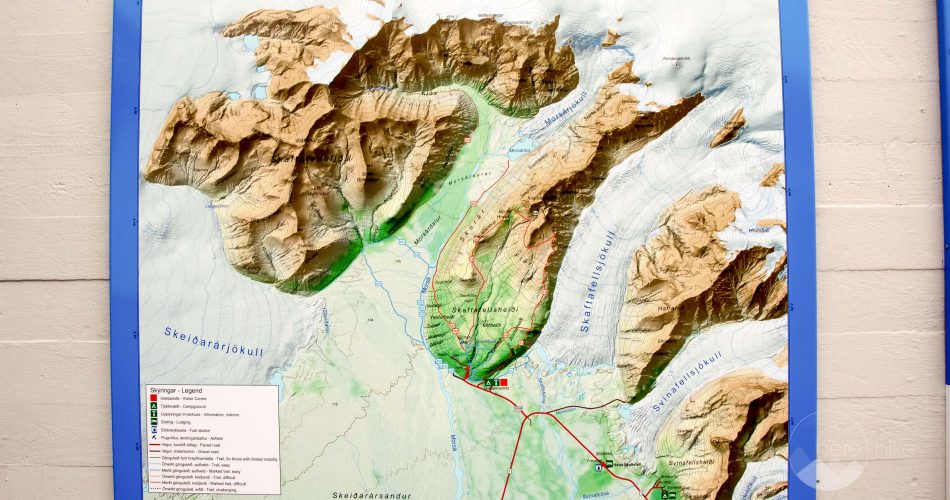
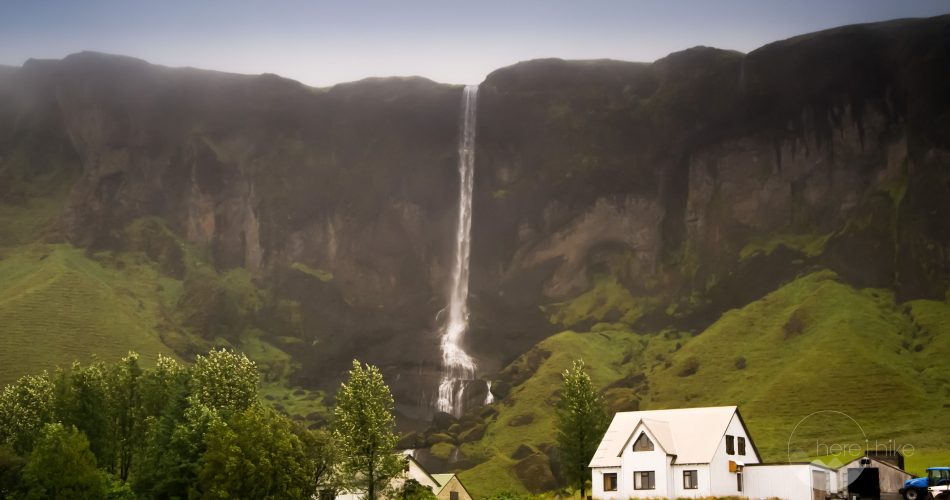
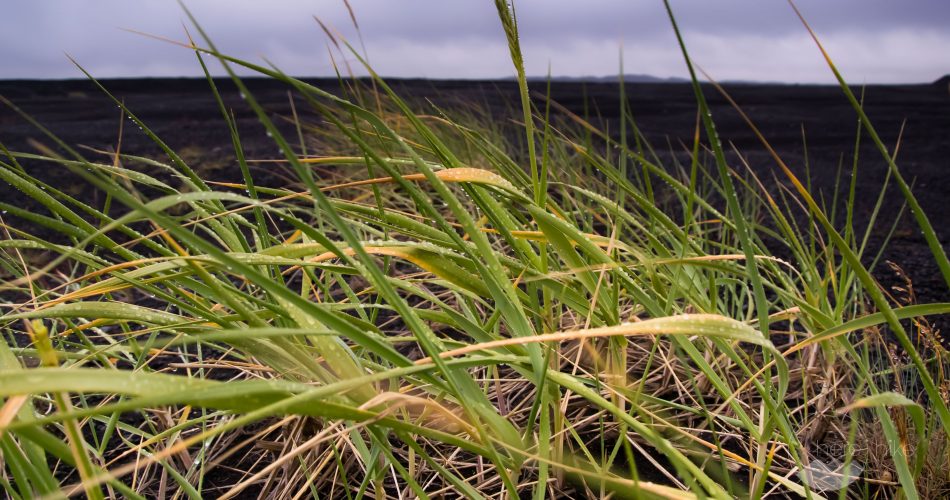


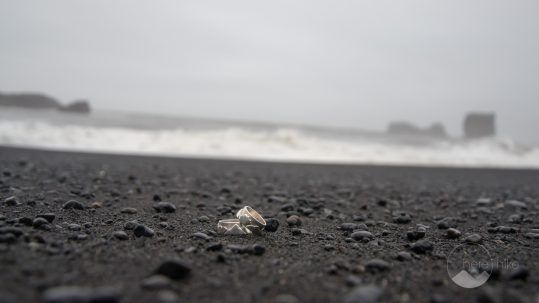


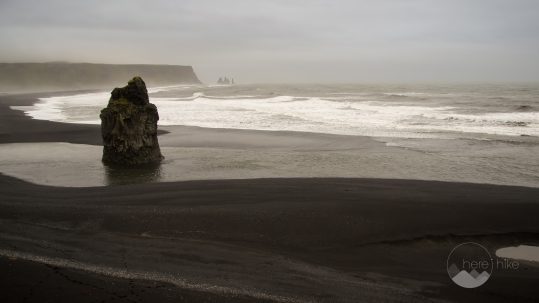
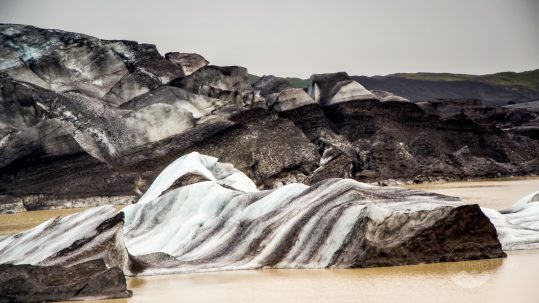
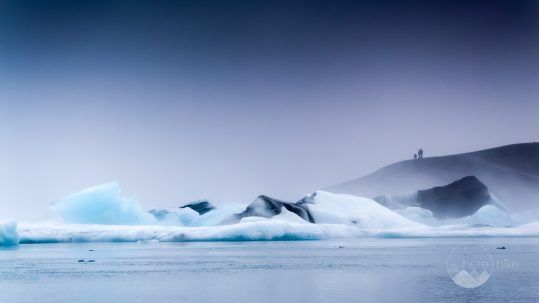

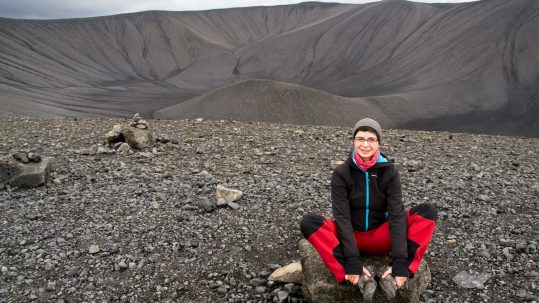
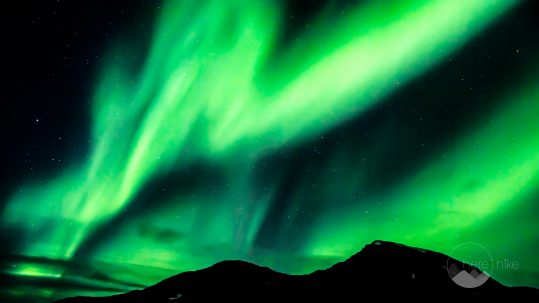
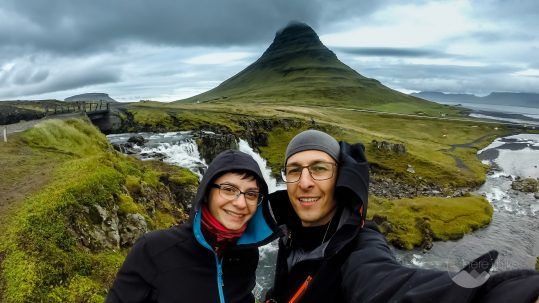
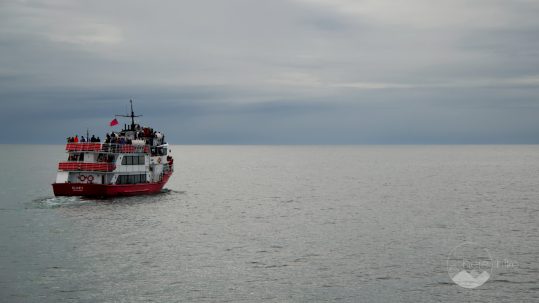
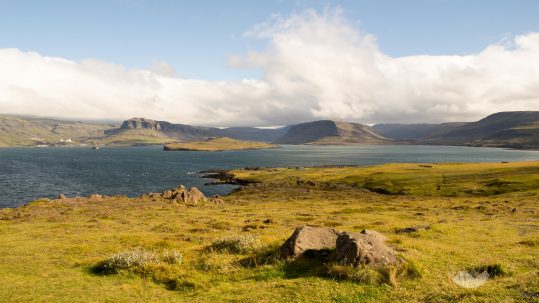
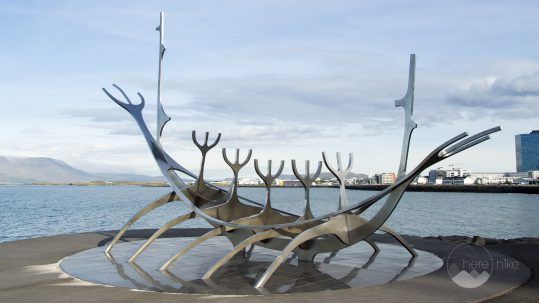
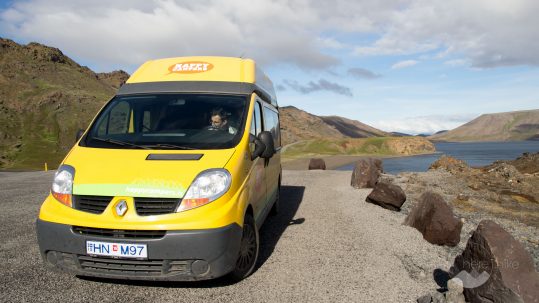

No Comments